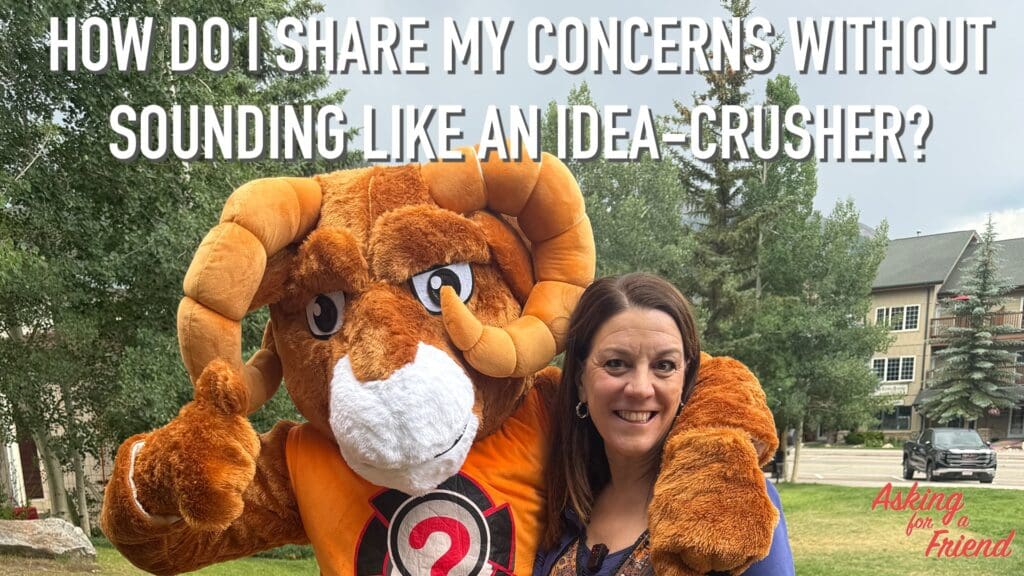Are you listening to your team
and the stories they tell?
During times of change and uncertainty, your team is desperate for information. They’re looking for the story behind the story. They’re thirsty to listen to anyone who knows what’s REALLY going on. And in the absence of information, they’ll find their own stories and share them widely.
Most of the time, those stories are 10X worse than the truth you’re afraid to share.
Yes, get your story together to explain what you’re doing and why. Hold town hall meetings. Conduct great skip level meetings. Walk around as much as possible, AND don’t overlook the importance of listening to the stories your team members are telling one another.
Simon’s Story
I met Simon, a millennial Austrian engineer on a recent diving trip. He’d quit his well-paying engineering job and was on a 3-month backpacking adventure in South America. Curious about what gives someone the courage to just quit a job with nothing lined up when they return, I asked to hear his story.
Our company got bought by a Canadian-owned multinational company. All they care about is profits and reducing costs. They’ve created all these remote teams without much training or communication and I now work for a German boss who is a complete #@%&@$#.
They cancelled the Christmas Party!
You’re a leadership person, don’t you think that’s a bad sign? And then right after they cancelled the Christmas party, they had a big meeting where they brought us all in to talk about how great it was going to be and all this rah-rah about being one team. They had money for that, but not for the Christmas party?
This company is ruthless. So I quit. I’m going to travel and when I come back, I’m going to find a job for a smaller company that really cares.
I asked him what he would have wanted to hear in that big meeting.
The truth about where we are going. Transparency about the vision and cost-cutting efforts. How and why decisions are being made and how I will be impacted. Is that too much to ask?
In the absence of information, Simon had built his own story of bloodthirsty opportunistic grinches, which of course was validated by the stories of his peers–many of whom are still there looking for more evidence their story is true.
It might be. Or maybe not.
I don’t know about this company or the leadership motives behind their communication strategy. But, I’ve worked with enough senior level teams to know that there is another side of the story.
I asked Simon if he had shared why he had really left.
“No one asked.”
Sarah’s Story
And now what I heard from Sarah, just the other day.
I was brought in to do some “brand ambassador” training. The focus was how to help frontline employees provide extraordinary customer service and represent this premium brand.
The minute I walked into the room, I knew there was no way we could start there. So after some introductions and some fun, I asked, “What’s really scaring you about what’s happening in the company right now?”
Sarah spoke up first:
The only people who care about the customer around here are the people in this room. Ever since the merger (8 years ago) it’s been all downhill and now this new IT system is the final straw. Now we won’t have any choice but to be “corporate.” We’ve lost all ability to do the right thing for our customers.
Now this time, I DID know the other side of the story. I understood how and why the new IT system would improve the customer experience. I’d engaged in hours of discussions about the importance of extraordinary customer service as their key differentiator. In fact, that’s why I had been brought in. The senior team’s number one priority was differentiation around an extraordinary customer experience.
But that story doesn’t matter. Until we understand the story Sarah and her friends were sharing.
“Why do you stay here?” I asked.
George spoke up next, “because these people are like family, but you can bet I’ve stopped wearing my company shirt to the bowling alley. And if someone sees me at the grocery store with it on, I make up a story of winning the shirt in a golf tournament.”
It was only after hearing their very real stories, that we could begin the real work of transforming the customer experience, digging into the AND of personalized service and the value of new systems to take that experience to the next level.
Why the Brain Loves Stories
I know you are working to frame the story you want your team to hear. It’s also so vital to slow down and be really open to hearing the stories they are telling one another.
Paul Zak has done some fantastic research that matters when it comes to your culture and how your team processes change.
The first part of the answer (as to why the brain loves stories) is that as social creatures who regularly affiliate with strangers, stories are an effective way to transmit important information and values from one individual or community to the next. Stories that are personal and emotionally compelling engage more of the brain, and thus are better remembered, than simply stating a set of facts. In the absence of information, your team is more likely to make up a story far worse than even your most difficult bad news.
Do your best to be as much of a story listener as a storyteller.
Hear their stories. Listen well. Share yours. Listen again.
Related Posts
Executive Visits: 4 Strategic Approaches for Influence and Impact








0 Comments